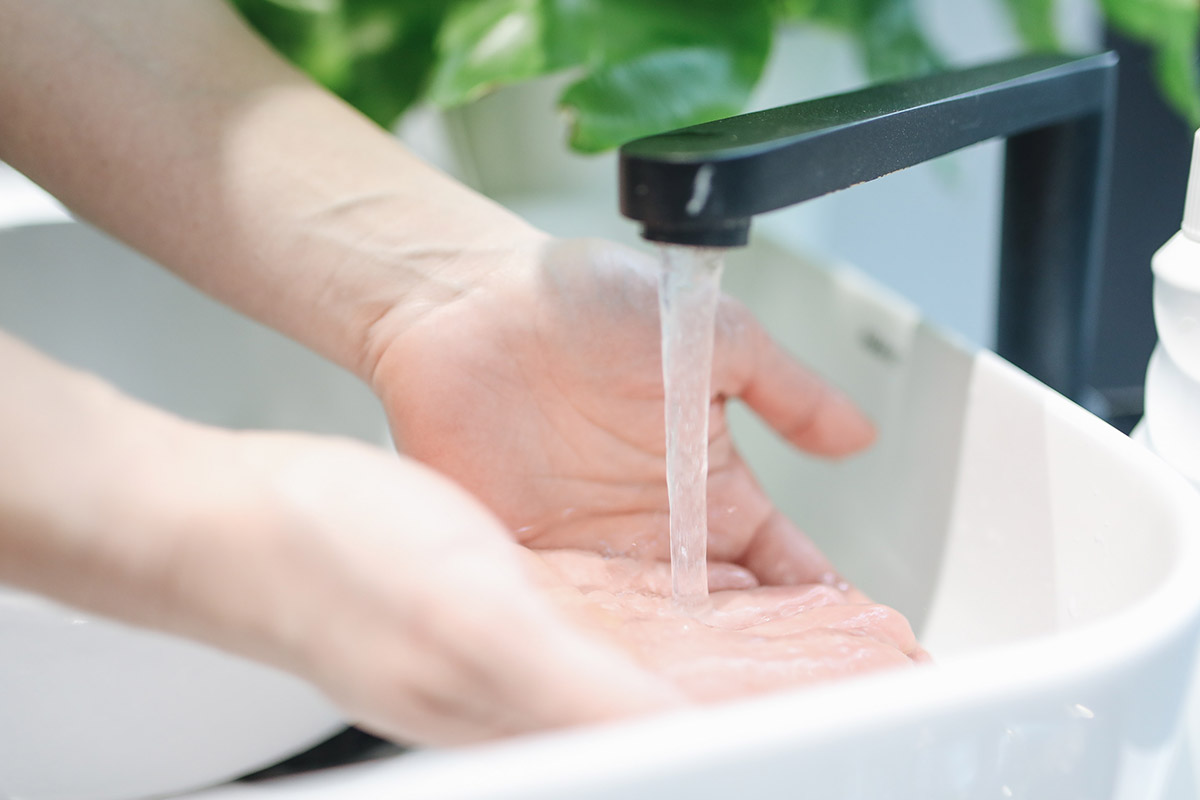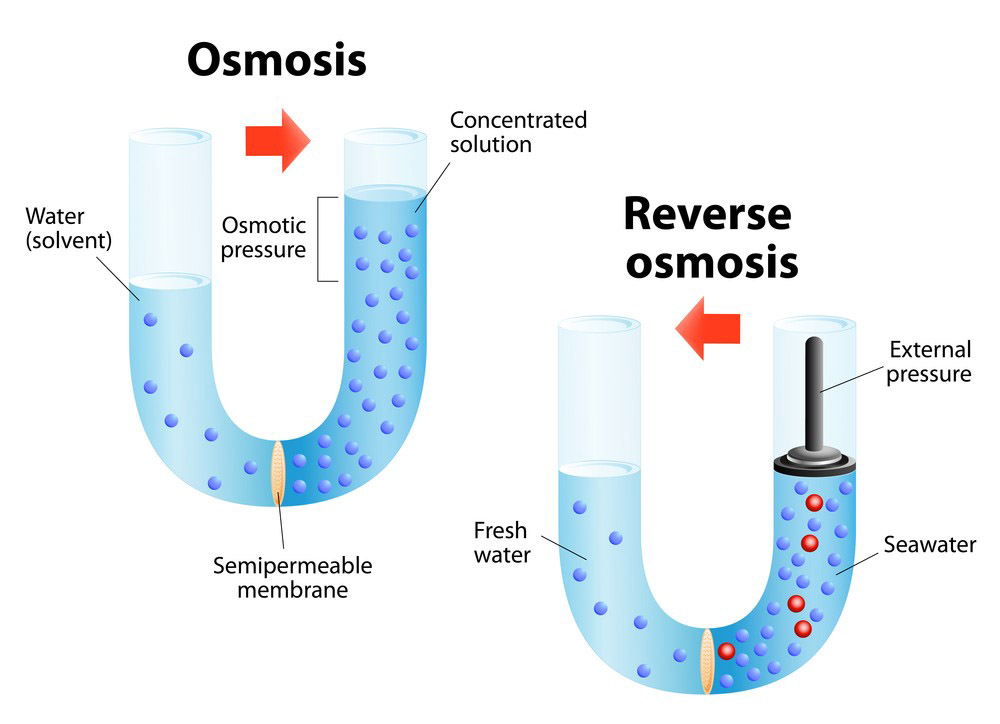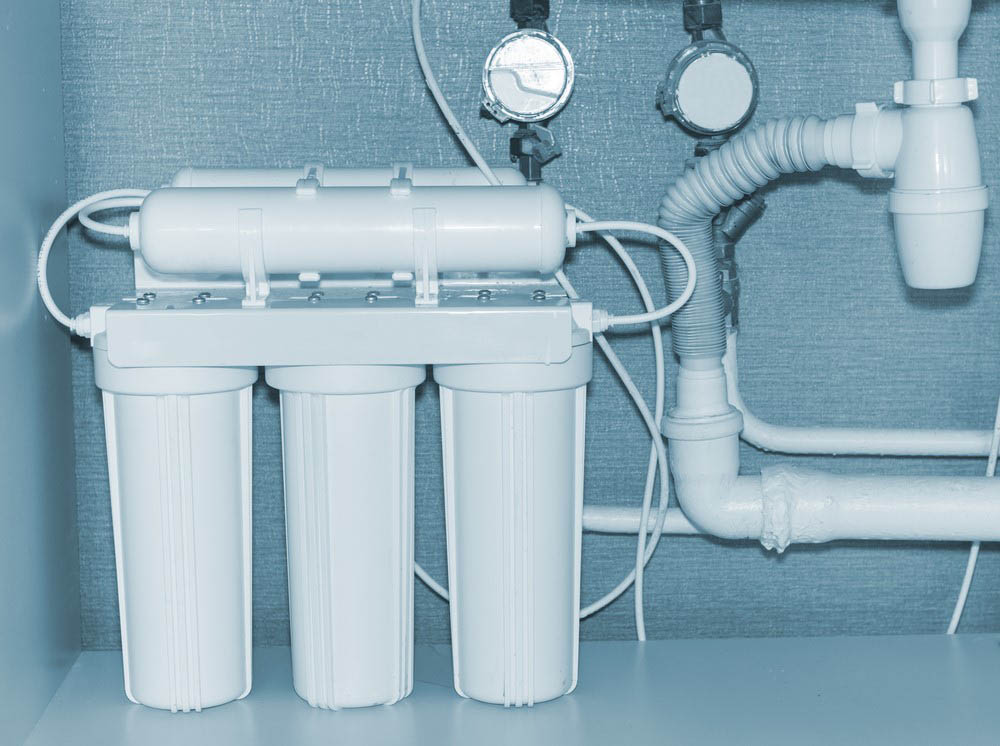Reverse Osmosis System VS Water Softener
Trying to decide whether you should install a water softener or a reverse osmosis system in your Northern Michigan, Gaylord, or Traverse City home can be tricky and challenging.
Choosing the right water treatment services does not come any easier because most websites are not helping with complex language, making it a lot more challenging to understand, especially for first-timers.
Thus, we’ve decided to create an easy-to-comprehend guide for people with little or no knowledge about water treatment. This post will address what reverse osmosis and water softener systems do, the key differences, and the benefits they offer.
What is a Water Softener System?
A water softener system removes many minerals, such as calcium and magnesium, from water. Technically, drinking hard water may be safe, but might result in clogging up your pipes and leaving flimsy residue on your hair and skin.
Not just that, hardness makes it difficult to form lather in showers, washing machines and sinks. If you are struggling with stains on your clothes or faucets or spot spotty films on your dishes after dishwashing them, then you should probably consider purchasing a water softener to remove the hardness in your water, check the water softener guide at waterfiltercast.
Water softeners include polystyrene beads bonded to sodium ions, which helps trap calcium and magnesium ions when the hard water passes through the system. This equipment leaves you with water that won’t clog your pipes and lather easily.
However, with time the polystyrene beads will lose all the positively charged sodium ions and be left with mineral ions. Therefore, it’s important to recharge the beads periodically to maintain the equipment function using sodium chloride.
What is a Reverse Osmosis System?
This equipment features a different approach using a semipermeable membrane to remove impurities in your water. In reverse osmosis filtration, the impurities are left behind, and only clean water ideal for drinking goes through into your water holding tank.
This method delivers clean drinking water, the same as bottled water, since reverse osmosis is the preferred method of filtration by most bottled water companies. Also, it’s a popular choice for most business owners and homeowners looking to have pure water for cooking and drinking. More so, it offers better-tasting water since it removes one of the leading causes of bad-tasting water, TDS (total dissolved solids).
While water softener offers safe drinking water, a reverse osmosis system provides even purer water since it leaves contaminants behind, unlike the water softener system. Check rezpectourwater if you are confused about choosing the best whole house reverse osmosis system for your home.
For reverse osmosis systems, pesticides, iron, mercury, nitrates, dissolved salts, asbestos, arsenic, chloramines, cysts, fluoride, chlorine, bacteria, pharmaceuticals, and sulfates.
How Does Reverse Osmosis Filtration Work?
In a reverse osmosis process, the water goes through a sediment whole house reverse osmosis water filter to remove dirt and sediment. Next, the water goes through a carbon filter to help improve the taste and scent of the water while removing chlorine.
Then, the water gets to the reverse osmosis membrane to filter out up to 97% of other contaminants in the water. Also, some systems included a final polishing filter to further remove any remaining taste issues or scents in the water.
Purchasing and installing reverse osmosis systems can cost up to $600.
While how long the system will serve you depends on your water usage volume and the type of filter in the system, you may have to replace the filters and membrane every 6 to 24 months.
Why You Should Install a Water Softener and Reverse Osmosis?
Osmosis System VS Water Softener: Water softener protects the RO system
RO has a fragile membrane, which is why the system comes with a small sediment filter to help remove or reduce the number of magnesium and calcium ions in the water.
This is where using an RO and a water softener comes in handy as it acts as a protective barrier since it helps reduce the hardness of water and extend the RO system membranes’ life.
Quality Water
Most homeowners install both an under-sink RO system and a water softener system for better water quality. Such systems are usually installed to the service kitchen tap and others. Simply put, a reverse osmosis system purifies water more than a softener, making it an ideal choice for people looking for high-quality water. Using both systems ensures you have soft water that will lather easily without any contaminants or impurities.
Cost Savings
Also, most water treatment owners have found that using both combinations helps extend the appliance lifespan, save more on energy costs, and lower detergent/shampoo/soap usage.
Further, installing a reverse osmosis system helps cut costs on purchasing bottled water since it offers high-quality water on the same par as bottled water. In short, installing reverse osmosis and a water softener can help cut expenses and still provide you and your household with outstanding, high-quality water.





















